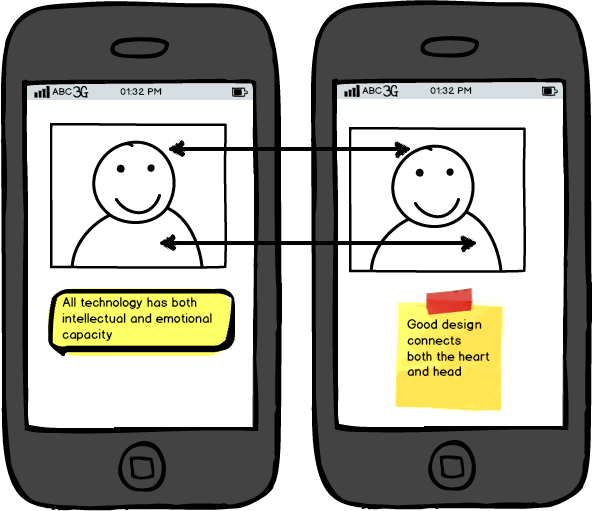Transactional Distance and Mobile Learning
I was writing up some research recently on mobile learning in Korean universities and found the following article quite useful in categorizing activity in mobile applications that serve formal modes of study. I am using it to structure my investigation into mobile learning specifically designed by Korean universities to specifically serve formalized programs of study. First the article in question:
- Park, Y. (2011). A pedagogical framework for mobile learning: Categorizing educational applications of mobile technologies into four types. The International Review of Research in Open and Distance Learning, 12(2), 78-102.
It it worth a look as it basically uses transactional distance theory, which feels like a hybrid of Vygotsky’s Zone of Proximal Development, for categorizing the interaction between faculty and student (high vs. low transactional distance) as well as student to student interaction (socialized vs. individualized) in mobile applications. Basically, does the mobile environment/application provide faculty-student engagement and student-student engagement and, if so, to what degree?
Emotional & Mobile: Everyone wants to be found
I am finding it useful as it is easy with mobile learning to get drawn in to either the utility of the application or the cohesiveness of its design or even the technology itself without entertaining the question of connection and emotional resonance that collaboration and interaction can engender. The stuff that builds resilience in learning, basically. I think transactional distance, despite being quizzically limited to faculty-student interaction, does begin to get at that notion of emotional content, the stickiness in learner resilience. It gives us some cover to categorize mobile learners applications as utilitarian in terms of function, and utilitarian in terms of resilience. Transactional distance in faculty-student interaction and socialized vs. individualized learning does this as well. To what degree are we engaging our authority/mentors and our peers and to what degree does that foster engagement with the community? This is where mobile technology in particular shines as the SMS message finds you, wherever you are. It seeks you out. Everyone wants to be found.
We see examples of the wonders of connections made possible through mobile technology. Simply SMS connections at that. They keep individuals in whatever community that wants their presence. They foster a sense of self-reliance and reliance on the group and the technology is decidedly low-tech. It is a human-centered sense of purpose and use and it works in both developing and developed countries. So this transactional distance approach speaks to me.
Types of Mobile Engagements and Applications
It also speaks to my research as I am focusing on mobile learning in the Humanities in Korean universities (amongst graduate students, if you require more granularity). The type of work conducted in the Humanities, essay construction, multimedia work, peer review, can oscillate quite dramatically from individualized to socialized activity and the transactional distance can oscillate as well. At times, you interact consistently with both university and faculty, at times with one or the other, and at times, neither. Mobile learning can look to create resilience in the learner in navigating that terrain.
So right now I am doing some preliminary sketches of Korean universities and their mobile development, including Seoul National University, Yonsei University, Korea University, Hankuk University of Foreign Studies, and Korea National Open University (KNOU), which is a juggernaut in the elearning/mlearning field in Korea (and a juggernaut of an open university-approximately 200,000 students enrolled). After a review of their formal mobile learning applications (and some review of their research centers with a mobile angle), I see considerable experimentation in the four categorizations that Park (2011) presented in terms of interactional distance and socialized and individualized activity.
- High transactional distance socialized m-learning-these category would include mobile learning that includes a close faculty connection with high levels of social interactions. This would include several of the KNOU examples as listed in the previous section.
- High transactional distance individualized m-learning– many of the administration and reference information retrieval activities can be categorized as high transactional distance individualized m-learning
- Low transactional distance socialized m-learning– Examples of these would be the student-driven mobile applications and environments, including discussion and chat rooms, social media services, and informal study groups that have been developed around formal learning in Korean universities
- Low transactional distance individualized m-learning– although not many of these were specifically presented in the previous section, this category might include mobile activities performed by students outside of the university’s formal requirements that did not require high levels of social interaction with peers. This might include essay construction, multimedia creation, and data collection (in the field).
For the purposes of my research on the practice of the Humanities in higher education in Korea, my focus will be mobile learning that encompasses low transactional distance, with both socialized and individualized m-learning. This is working under the assumption that student engagements in the Humanities at the graduate level in South Korean universities would involve both individualized and socialized m-learning with low transactional distance, ie that much of the mobile learning taking place (including mobile composition and multimedia construction) would be generated from introspective spaces (individualized), filtered and peer-reviewed through social interaction (socialized) with occasional faculty contact and feedback (oscillation between high and low transactional distance).
That is just an assumption, though. I could be wrong.

